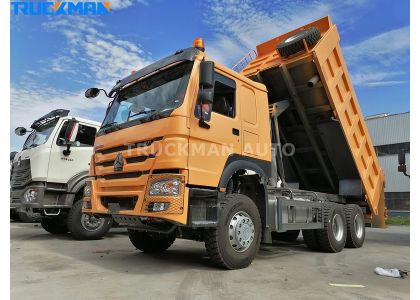
Dump truck, which can also be called tipper truck, is a vehicle that unloads its own cargo by hydraulic or mechanical lifting. The correct use of a dump truck is not only a matter of cargo safety, but also a matter of operator safety. This article will introduce some precautions to customers when using dump truck.
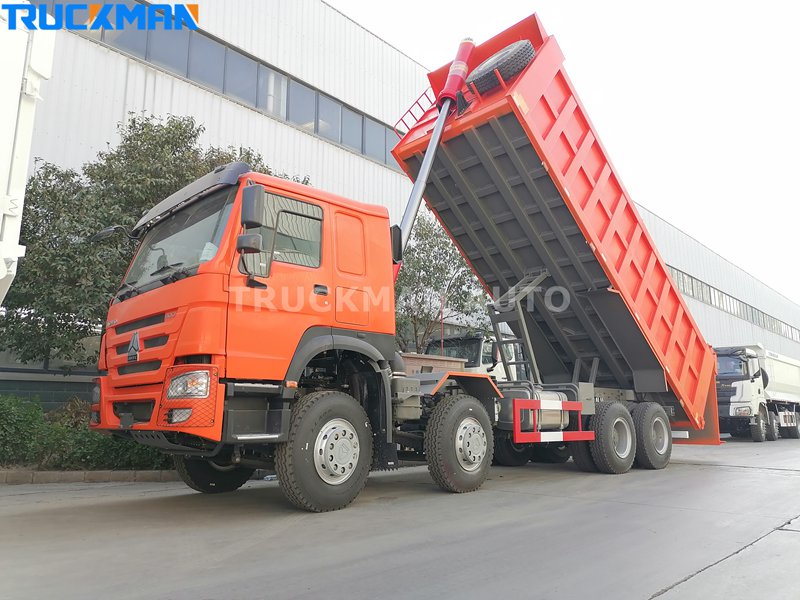
1. Before use, be sure to confirm whether there are people on both sides and rear of the dump truck. When the cargo body lifting operation, there should not be any facilities and people in the surrounding 5 meters, and the operator should not leave the cab.
2. The goods in the cargo body are evenly distributed, don't exercise or dump with serious partial load.
3. To make the gear pump work to either lift or descend, press the clutch pedal first to avoid impact from the engagement of the power takeoff gears which may lead to serious wear or break of the gears.
4. Before the fully loaded vehicle rises, check whether the manual handle and the hook is open and make sure the cargo body rear door can be opened normally during lifting so as to prevent rollover and other major accidents.
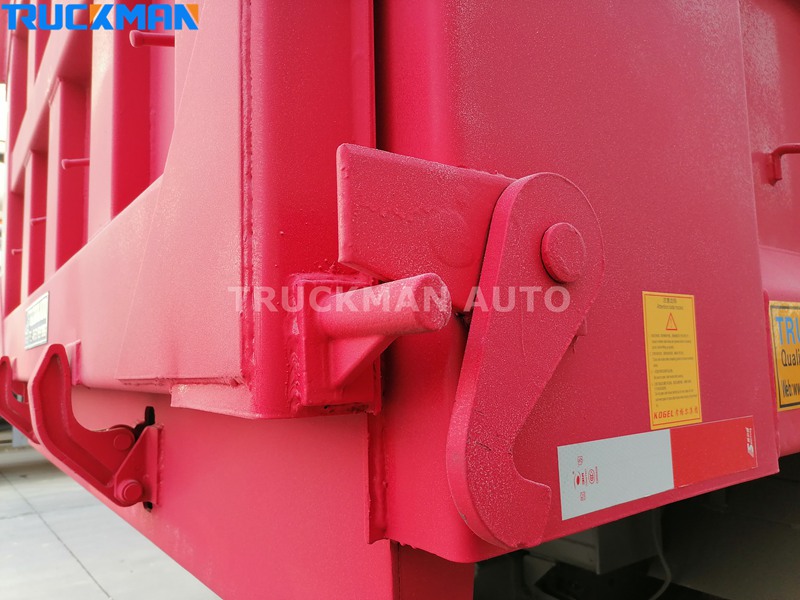
5. As the dump body rises, the engine speed is not allowed to exceed 2,400r/min to avoid damage to the pump due to overdrive, or rollover of the compartment because of instability caused by fast lifting. Do not step on it to lift to the maximum angle, or otherwise the over lift of the dump body will lead to the deformation of the rear cabinet after hitting the ground, the rollover and damage of the cargo body and the damage of the lifting parts.
6. Check on a regular basis for any leakage of gas or oil in the dumping mechanism. Before filling with oil, check whether the filter over the filler is broken and replace it if necessary. Prevent any dirt from getting in oil. which will cause strain or premature damage of the hydraulic components. The mixing of different brands of hydraulic oil or filling with hydraulic oil in nonconformity with the manual is prohibited.
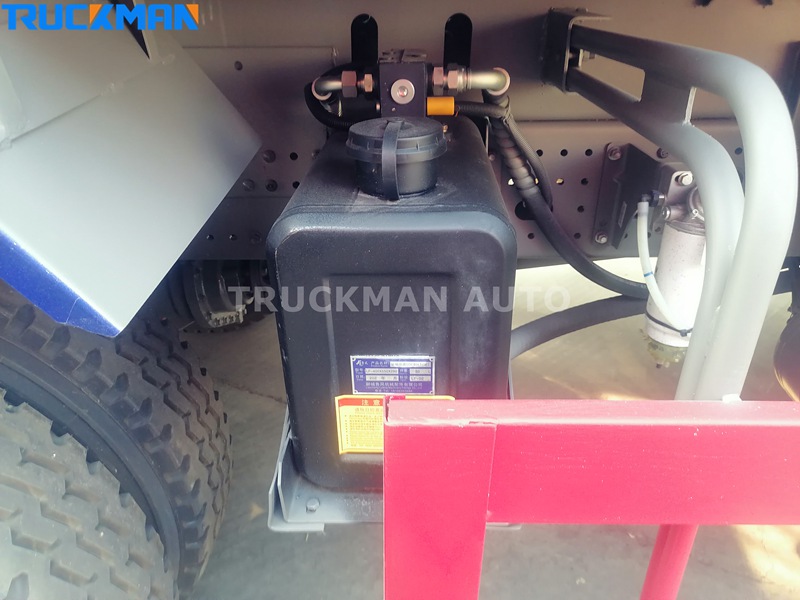
7. Check the working conditions of the hydraulic cylinder and other lift type components on a regular basis to make sure there is no jamming, shifting, bouncing or abnormal noise. If there is any, get rid of them to prevent premature damage of the hydraulic cylinder.
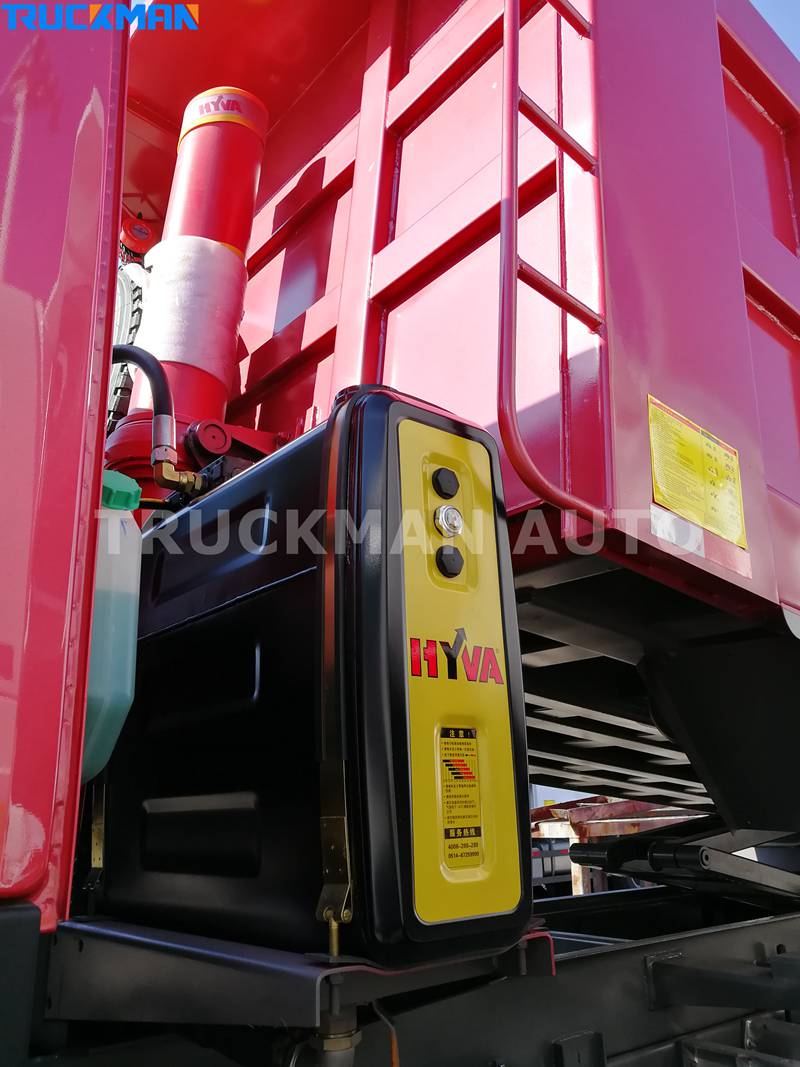
8. Check the tailgate lock mechanism for reliability and adjust it to a reasonable angle that enables automatic opening and closing so that the tailgate does not open accidentally or fail to open, situations that may lead to trouble or accident. When tipping big rocks, heavy pieces or other similar objects, remove the tailgate to prevent damage.
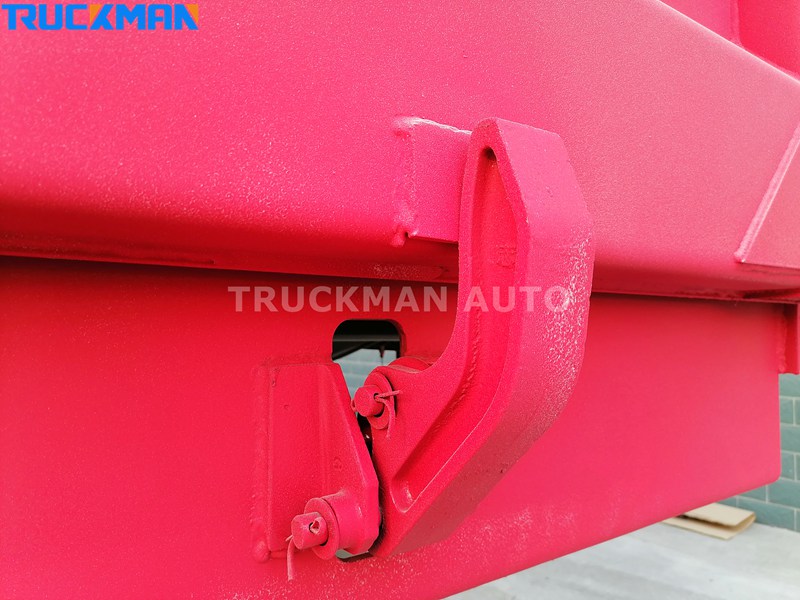
9. During the overhaul, check the working surfaces of the hydraulic cylinder and the gear pump. Any damage or scratch is prohibited, or the performance of the cylinder will decrease significantly.
10. During the overhaul, pay attention to cleanliness by preventing debris, sand, lint, etc. from mixing in the hydraulic system to avoid strain on components and block of valves, resulting in decreased performance.
11. Check the integrity of the dump body, the subframe and the spare tire carrier on a regular basis and any loosening or opening at the weld should be dealt with promptly to avoid the occurrence of major accidents.
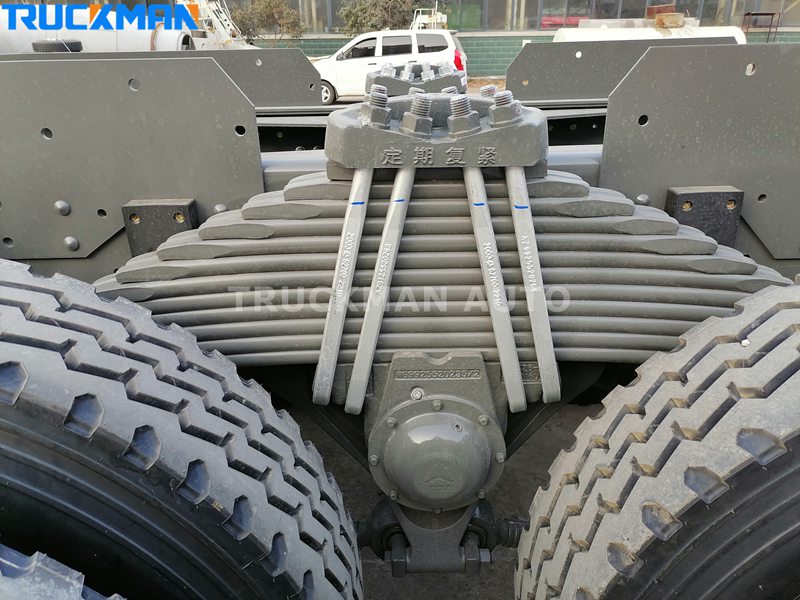
12. Check on a regular basis for the reliability of the connection between the crossbeam and the subframe and for the looseness of the U-bolts and connecting plates, etc. is loose. If the connections are loosening and dislocated, they must be fastened and reset. Loading and unloading cargo in case of loosening and dislocation is prohibited, or permanent deformation or damage will be done to the crossbeam, subframe and the lifting mechanism, or even overturn will occur, threatening the safety of life and property.
13. Any dump truck that stands unused for a long time should be checked against the checklist for new vehicles before put to use again.